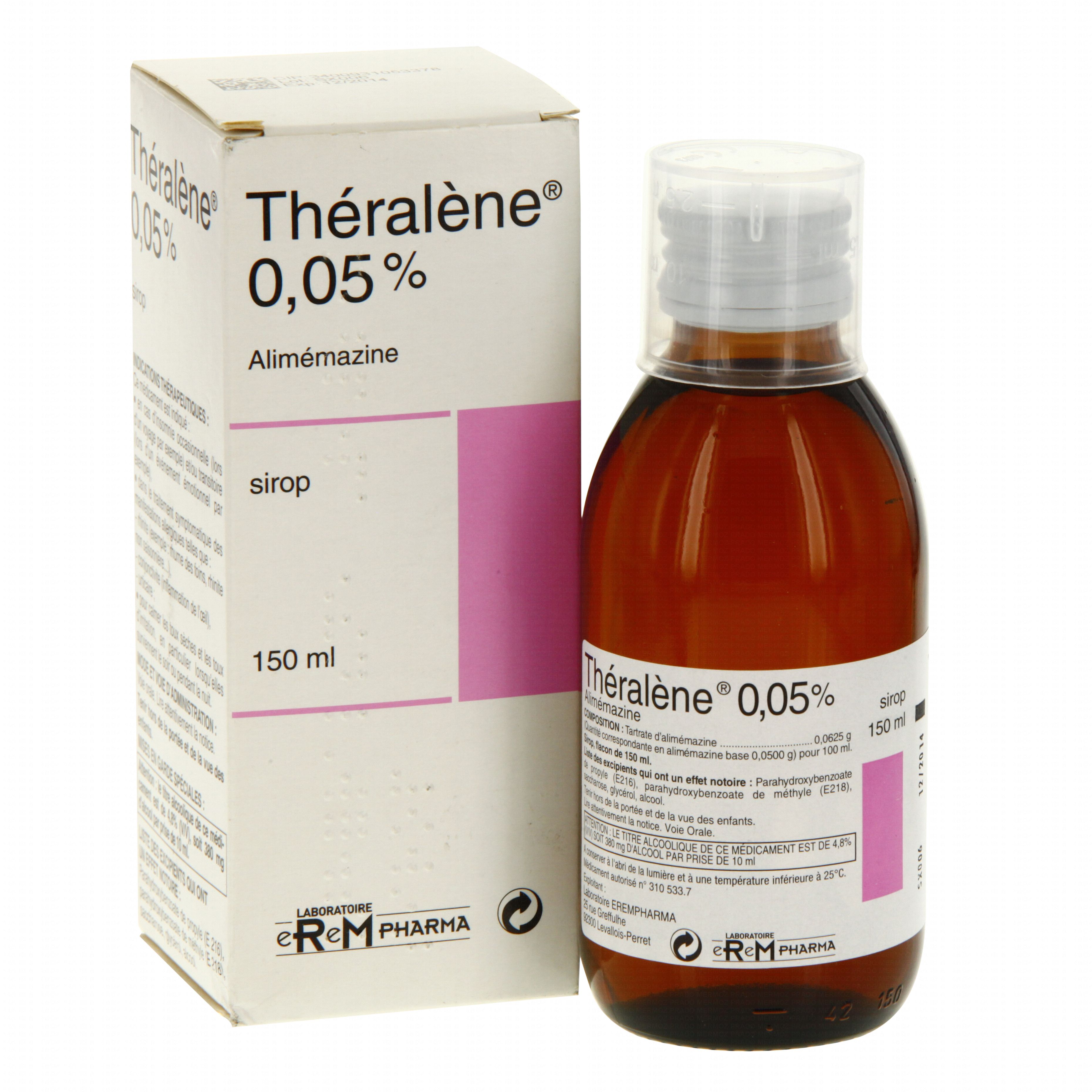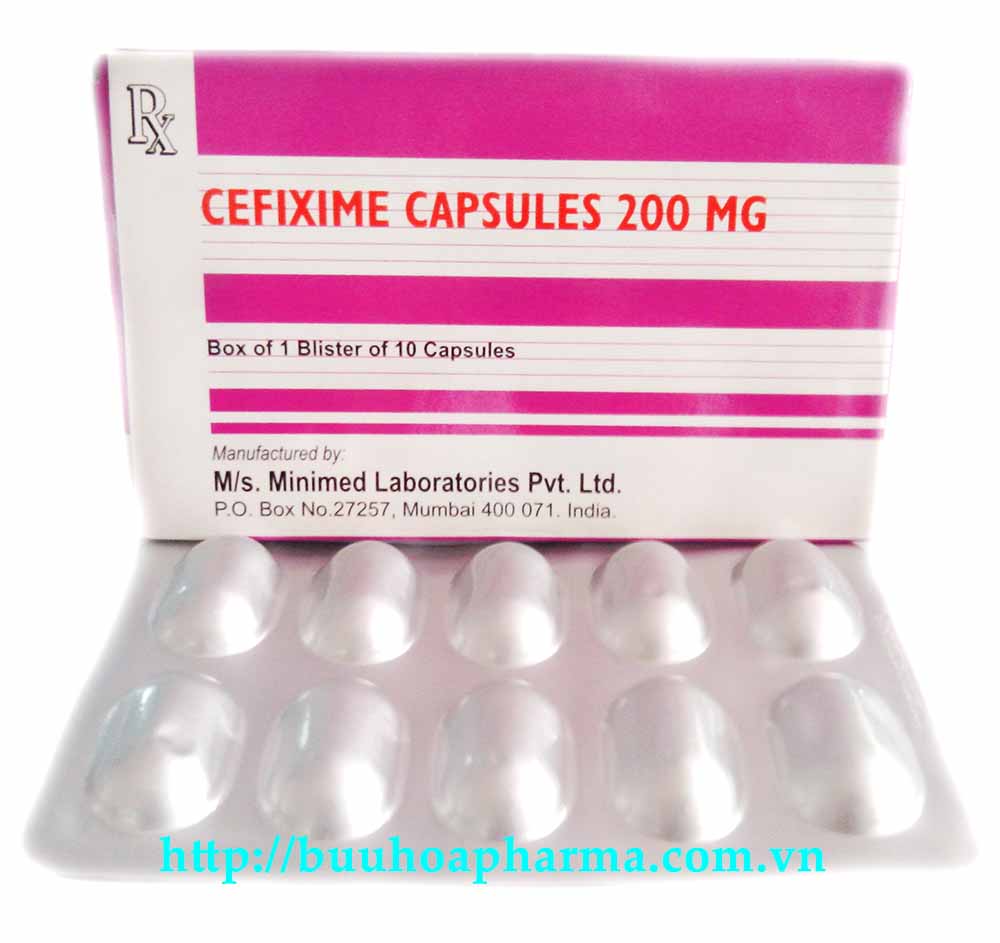Vocabulary Pronunciation
cancerous tumor [
kan-ser-us] [
too-mer]
lymph node [limf] [nohd]
diagnosed [
dahy-uh g-nohs t, dahy-uh g-
nohs t]
diagnosis [dahy-uh g-
noh-sis]
squamous cell carcinoma [
skwey-muh s] [sel] [kahr-suh-
noh-muh]
adenocarcinoma [ad-n-oh-kahr-suh-
noh-muh]
large-cell carcinoma [kahr-suh-
noh-muh]
cancerous cells [
kan-ser-us] [selz]
radiotherapy [rey-dee-oh-
ther-uh-pee]
chemotherapy [kee-moh-
ther-uh-pee]
 Introduction
Introduction
Lung cancer is one of the most common and serious types of cancer. Lung cancer is diagnosed in an estimated 174000 Americans each year. Over 41,000 people are diagnosed with the condition every year in the UK.
The most common symptoms of lung cancer are:
- A cough that does not go away or gets worse.
- Chest pain that is often worse with deep breathing, coughing, or laughing.
- Hoarseness.
- Weight loss and loss of appetite.
- Coughing up blood or rust-colored sputum (spit or phlegm)
- Shortness of breath.
- Feeling tired or weak.
Types of lung cancer
- non-small-cell lung cancer – the most common type, accounting for more than 80% of cases; can be either squamous cell carcinoma, adenocarcinoma or large-cell carcinoma
- small-cell lung cancer – a less common type that usually spreads faster than non-small-cell lung cancer
You should see your GP if you have these symptoms.
Cancer that begins in the lungs is called primary lung cancer. Cancer that begins in another part of the body and spreads to the lungs is known as secondary lung cancer. This page is about primary lung cancer.
There are two main types of primary lung cancer. These are classified by the type of cells in which the cancer starts. They are:
The type of lung cancer you have will determine which treatments are recommended.
Lung cancer mainly affects older people. It is rare in people younger than 40, but the rates of lung cancer rise sharply with age. Lung cancer is most commonly diagnosed in people aged 70-74 years.
Although people who have never smoked can develop lung cancer, smoking is the main cause (about 90% of cases). This is because smoking involves regularly inhaling a number of different toxic substances.
The treatment for lung cancer depends on the type of cancer, how far it has spread and how good your general health is.
If the condition is diagnosed early and the cancerous cells are confined to a small area, surgery to remove the affected area of lung is usually recommended.
If surgery is unsuitable due to your general health,
radiotherapy to destroy the cancerous cells may be recommended instead.
If the cancer has spread too far for surgery or radiotherapy to be effective,
chemotherapy is usually used.
As lung cancer does not usually cause noticeable symptoms until it has spread through much of the lungs or into other parts of the body, the outlook for the condition is not as good as many other types of cancer.
Overall, about 1 in 3 people with the condition will live for at least a year after they are diagnosed and fewer than 1 in 10 people will live at least five years.
However, survival rates can vary widely depending on how far the cancer has spread at the time of the diagnosis. Early diagnosis can make a big difference.




















